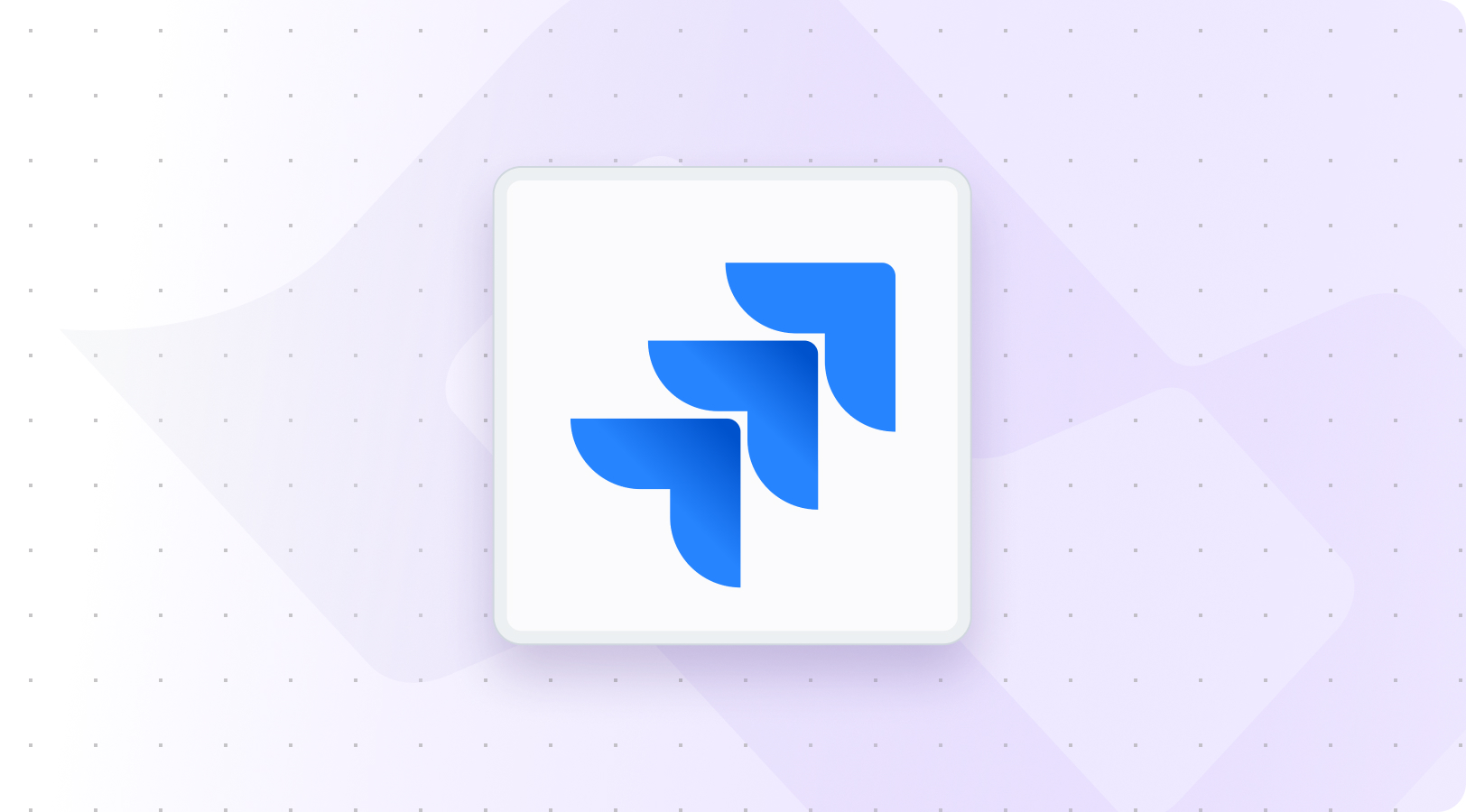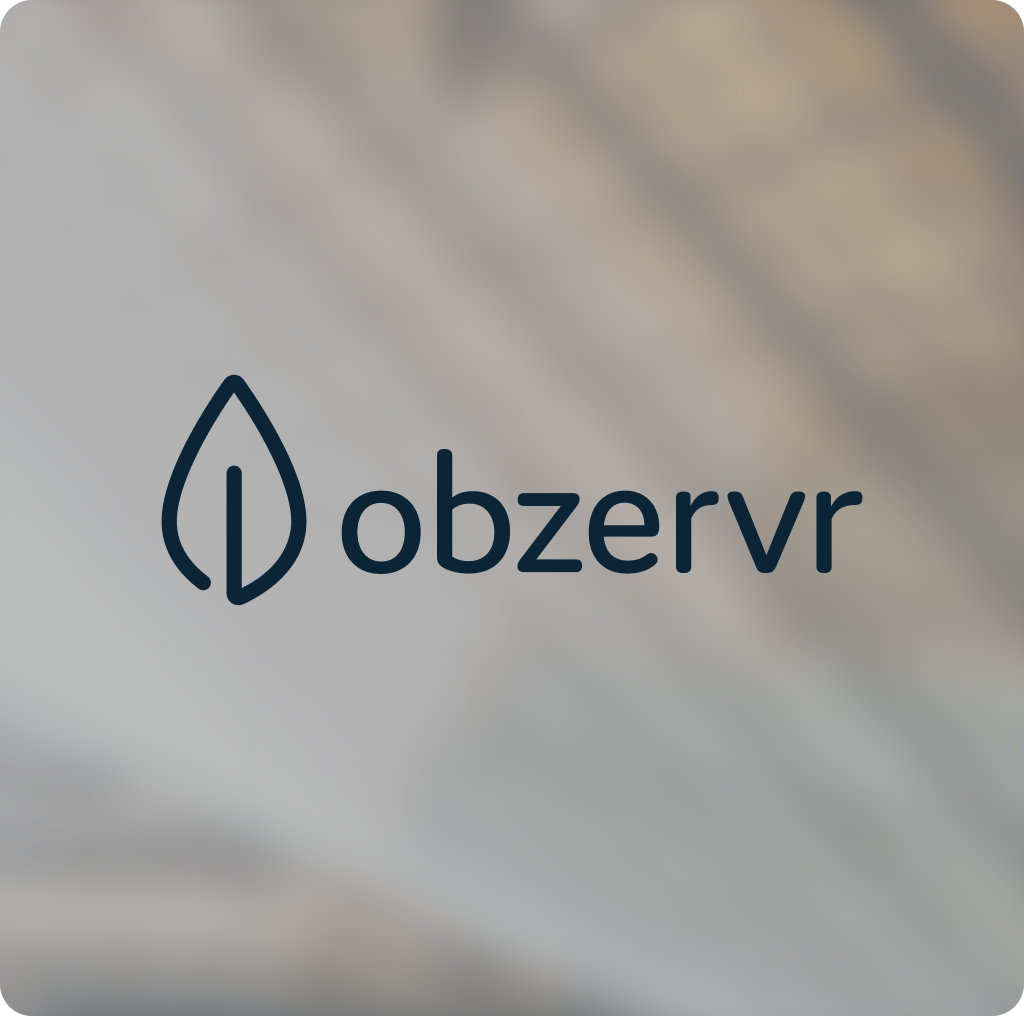Jira is a popular project management tool used by software development teams around the world. As an IT consultant, you may find yourself working with Jira to help clients manage their software development projects. In this guide, we’ll explore Jira’s field types and how they can be used to streamline project management processes and improve team productivity.
Jira Software field types
Jira field types are essentially the building blocks of Jira issues. They determine the type of data that can be captured and displayed in Jira issues, such as text, numbers, dates, checkboxes, and more. By choosing the right field types for your Jira issues, you can ensure that your team has access to the information they need to do their work efficiently and effectively.
Here are some of the most common Jira field types and how they can be used in software development projects:
Text fields: Text fields are used to capture free-form text, such as issue descriptions, comments, and notes. They are essential for communicating project details and updates within the team and with external stakeholders.
Number fields: Number fields are used to capture numeric values, such as estimates, budgets, and time spent. They are important for tracking project progress and ensuring that the project stays on track.
Date fields: Date fields are used to capture dates, such as due dates, start dates, and completion dates. They help teams stay on top of project timelines and ensure that everyone is working towards the same deadlines.
Checkbox fields: Checkbox fields are used to capture binary values, such as yes/no, true/false, or on/off. They are useful for tracking project milestones or for creating simple task lists.
Drop-down fields: Drop-down fields are used to capture predefined values from a list, such as issue types, priorities, or statuses. They help teams categorize and prioritize issues, making it easier to manage and track them.
User fields: User fields are used to capture information about users, such as assignees, reporters, or stakeholders. They are important for managing team workflows and ensuring that everyone is clear on their responsibilities and roles.
Radio Button Field: This field type is similar to the Select field type but presents options in a single-line format. It can be used to capture data when there are only a few options available.
Attachment Field: This field type allows users to attach files to an issue. It can be used for things like capturing screenshots, logs, or other relevant files.
Label: This field type provides a way to tag issues or tasks with descriptive labels. It’s often used for categorizing issues according to key topics or themes.
URL fields: URL fields are used to capture links to external resources, such as documentation, code repositories, or project plans. They are useful for providing easy access to important project information and resources.
In addition to these common field types, Jira also supports custom fields, which can be tailored to meet the specific needs of your project. Custom fields can be created using a range of field types, including text fields, number fields, date fields, and more. They can be used to capture additional project details, such as project-specific metrics, custom data sets, or specific customer requirements.
Jira: Custom field types
Cascading select: This field type provides a way to group related options into a hierarchy. For example, if you have a list of countries, you could create a cascading select field to display the states or provinces within each country.
Multi-select: This field type allows users to select multiple values from a predefined list. It’s often used for categorizing issues or tasks according to multiple criteria.
Date Picker Field: This field type allows users to select a date from a calendar picker. It can be used for capturing specific dates, such as a project start date or release date.
Time Tracking Field: This field type allows users to track the amount of time spent on an issue. It can be used for monitoring progress and estimating future work.
Script Field: This field type allows users to write custom scripts
Jira Service Management Field Types:
Text Field: Same as Jira Software
Number Field: Same as Jira Software
Date Field: Same as Jira Software
Select Field: Same as Jira Software
Checkbox Field: Same as Jira Software
Radio Button Field: Same as Jira Software
User Field: Same as Jira Software
Attachment Field: Same as Jira Software
Request Participants Field: This field type allows users to add other users to an issue as participants. Participants can be notified of updates and changes to the issue, and can also provide feedback and comments.
Organization Field: This field type allows users to associate an issue with a specific organization or customer. It can be used for customer support and service management.
Rich Text Field: This field type allows users to format text, add images, and insert tables in an issue. It can be used for creating detailed descriptions, instructions, or documentation.
Label Field: This field type allows users to add labels to an issue. Labels can be used for categorization, searching, and reporting.
When choosing field types for your Jira issues, it’s important to consider the needs of your team and the project’s requirements. You want to ensure that you are capturing the right information, in the right format, and in a way that is easy to access and understand for everyone on the team. By choosing the right field types and customizing them as needed, you can create a streamlined project management process that helps your team work more efficiently and effectively. Additionally, when there is a need to integrate Jira with other tools like Azure DevOps, Zendesk, Asana, or ServiceNow there may be a need to create custom fields able to store the information from those systems, f.e. ServiceNow Assignment Group, or Azure DevOps Area Path.
In conclusion, Jira field types are an essential part of Jira’s project management capabilities. As an IT consultant, understanding how to use Jira field types can help you optimize your clients’ software development processes and improve team productivity. By choosing the right field types for your Jira issues, you can ensure that your team has access to the information they need to do their work effectively and efficiently. Custom fields can also be used to capture additional project details that are unique to your project. With the right field types and customization, you can streamline your project management process and keep your team focused on delivering high-quality software products.






















